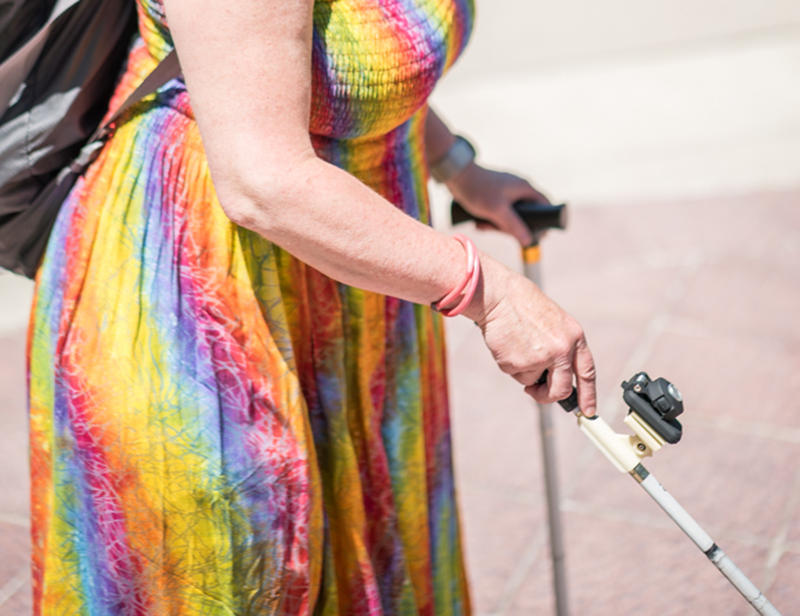Orientation and Mobility is difficult for people who are blind or has partial sight. The major problem with these people is detecting obstacles above the waist, particularly at head level. This problem is further exacerbated in developing countries due to a lack of accessible infrastructure and a lack of social assistance.
To address these issues, iMerciv, a Toronto, Canada-based startup has developed BuzzClip, a small and discreet wearable for people that are blind or partially sighted.
The BuzzClip uses ultrasound to detect obstacles that may lie directly in one’s path. It then notifies the user of these obstacles through intuitive vibrations, allowing the user to safely navigate around any objects that they may encounter.
Related These New Generation of Wearables are Empowering Blind and the Visually Impaired
The BuzzClip offers essential head-level obstacle detection and can be easily attached to many forms of clothing, making it a highly versatile and useful device. It vibrates to alert you of head-level obstacles which ground-level canes and guide dogs cannot detect.
The device is not a replacement for a cane but a complementary mobility tool. It is intended to be used in combination with a cane or a guide dog.
The rechargeable battery lasts up to 10 hours and is charged using a Micro-USB cable and AC Wall Charger (both included inside the package).
The device is water-resistant but NOT waterproof – it will function perfectly in light rain but you shouldn’t take showers or go swimming with it.
iMerciv is based in Toronto, Canada and was founded by Arjun Mali and Bin Liu in August of 2014.
BuzzClip can be purchased via their website imerciv.com. It retails for $249.
Related NuEyes, Pico Interactive Partner Up for Next Gen Wearables for the Visually Impaired
Vision Loss is an important and growing issue to iMerciv co-founders. Bin’s father is currently living with inoperable glaucoma and they want to provide him with a functional and effective solution for when he loses more vision in the future. Arjun’s family has supported a blind school and orphanage in India for decades.













